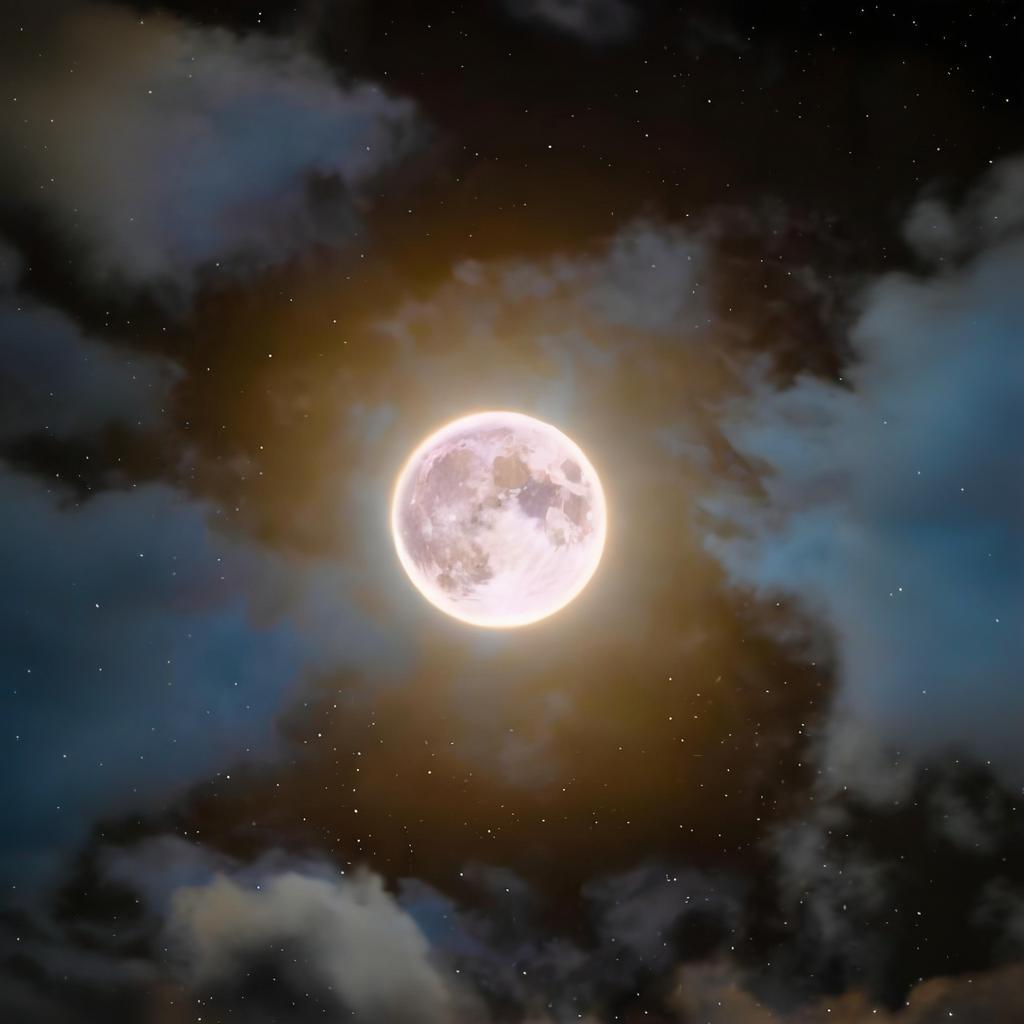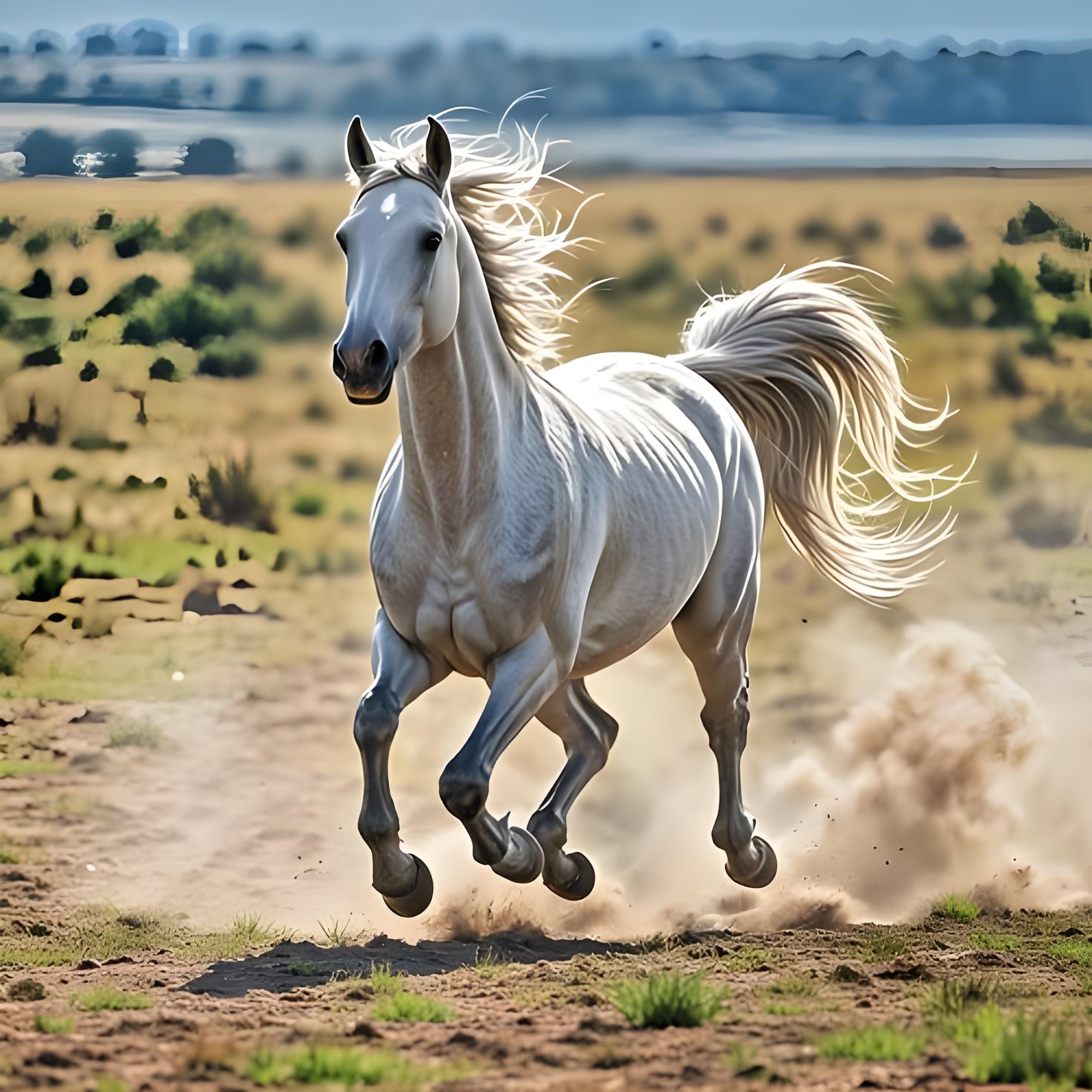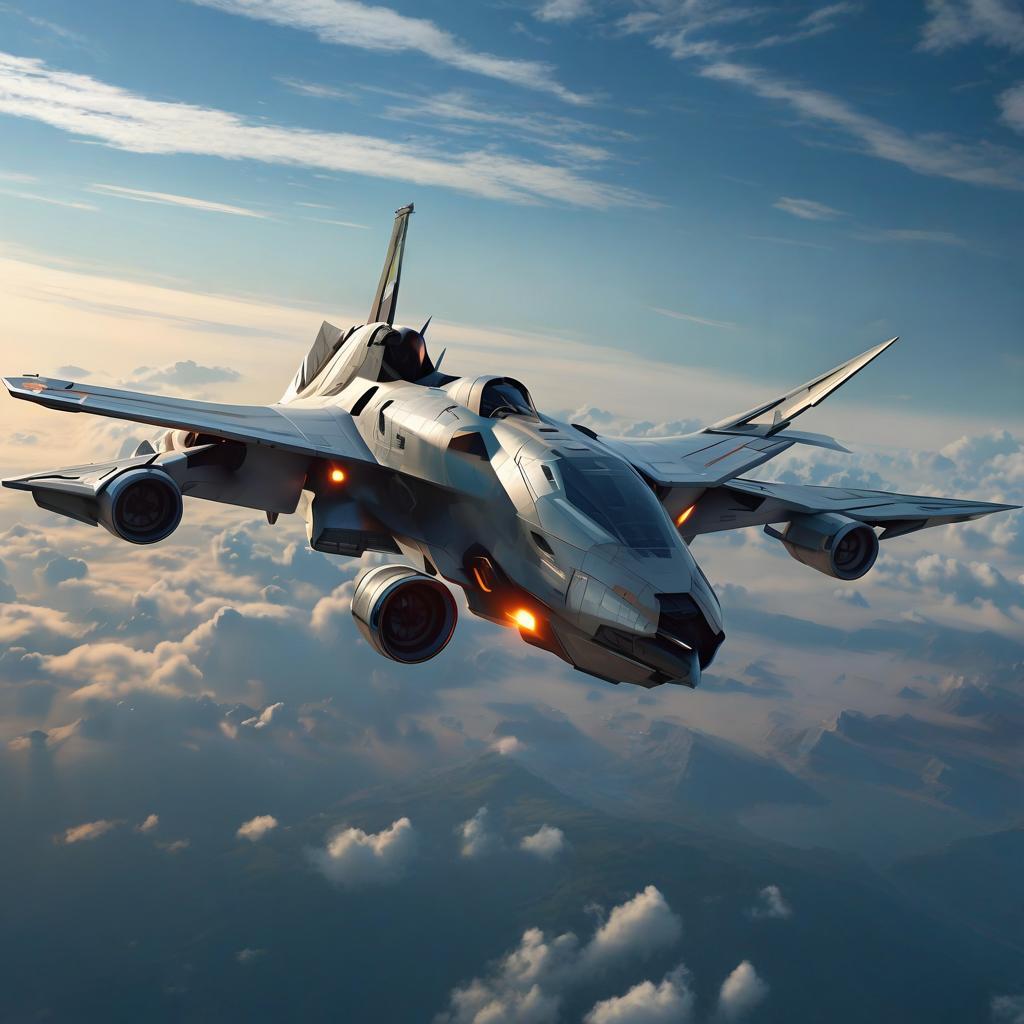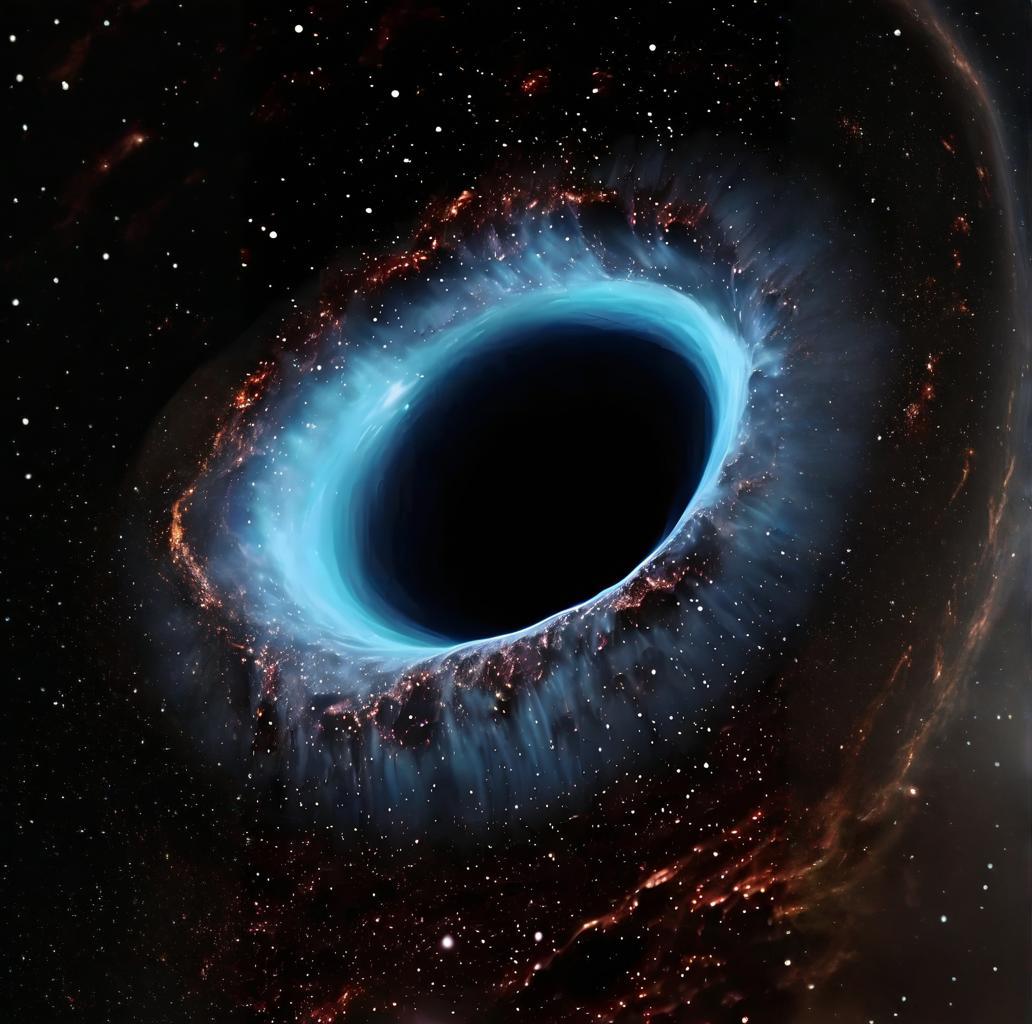
Moon Falling to Earth: How AI Transforms Your Lunar Photography Dreams into Reality
I Took a Photo of the Moon. I Wish the Moon Could Fall to the Ground

One serene night, I aimed my camera upwards, capturing the full moon hanging gracefully in the sky. The moon, with its soft glow and intricate surface, filled my lens with a magical presence. As I reviewed the photo, a whimsical idea took root in my mind: what if the moon could actually fall to the ground?
In my imaginary tale, the moon begins its descent, its gentle light piercing through the clouds. It lands softly on a meadow, surrounded by curious onlookers. Children gaze in wonder, their faces illuminated by the moon's serene light. Families gather, their eyes wide with awe as they witness this celestial miracle. The moon's surface, with its ancient craters and mysterious landscapes, becomes a new playground for exploration and discovery.
Yet, as I return to reality, I acknowledge that such a feat defies the laws of physics. The moon remains a distant world, beyond our immediate reach. But the power of technology bridges this gap, allowing us to explore the moon in ways once thought impossible.
I thought of AI, and I believe in using AI to create "real" scenes, such as the moon falling to the ground. After searching, I found nawdo, which is this website. This website does not require login and is free, it is simply my favorite. After some operation, I obtained the result. The effect is still good, the moon slowly falls to the ground.
Today, we have space missions like Apollo, which have brought humans closer to the lunar surface. Rovers roam its dusty plains, sending back stunning images and invaluable data. Astronauts have walked on the moon, leaving their footprints as a testament to human ingenuity.
Moreover, advancements in communication technology enable us to interact with robots on the moon. These robots, equipped with cameras and sensors, send back real-time images and data, unraveling the moon's mysteries.
My photo of the moon, though a mere snapshot, serves as a reminder of our journey towards understanding the universe. It symbolizes the magic that lies beyond our atmosphere and the endless possibilities that await us in space. While the moon may never fall to the ground, our dreams and technological advancements continue to push the boundaries of what we can imagine and achieve.
In the end, the moon remains a beacon of wonder and inspiration, guiding us towards new horizons and deeper understanding of the cosmos.





